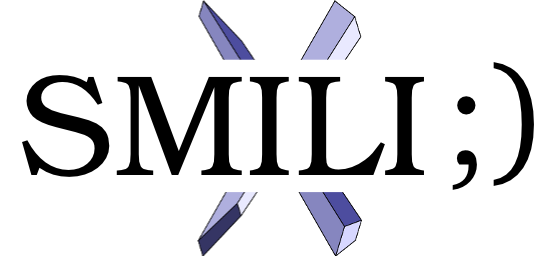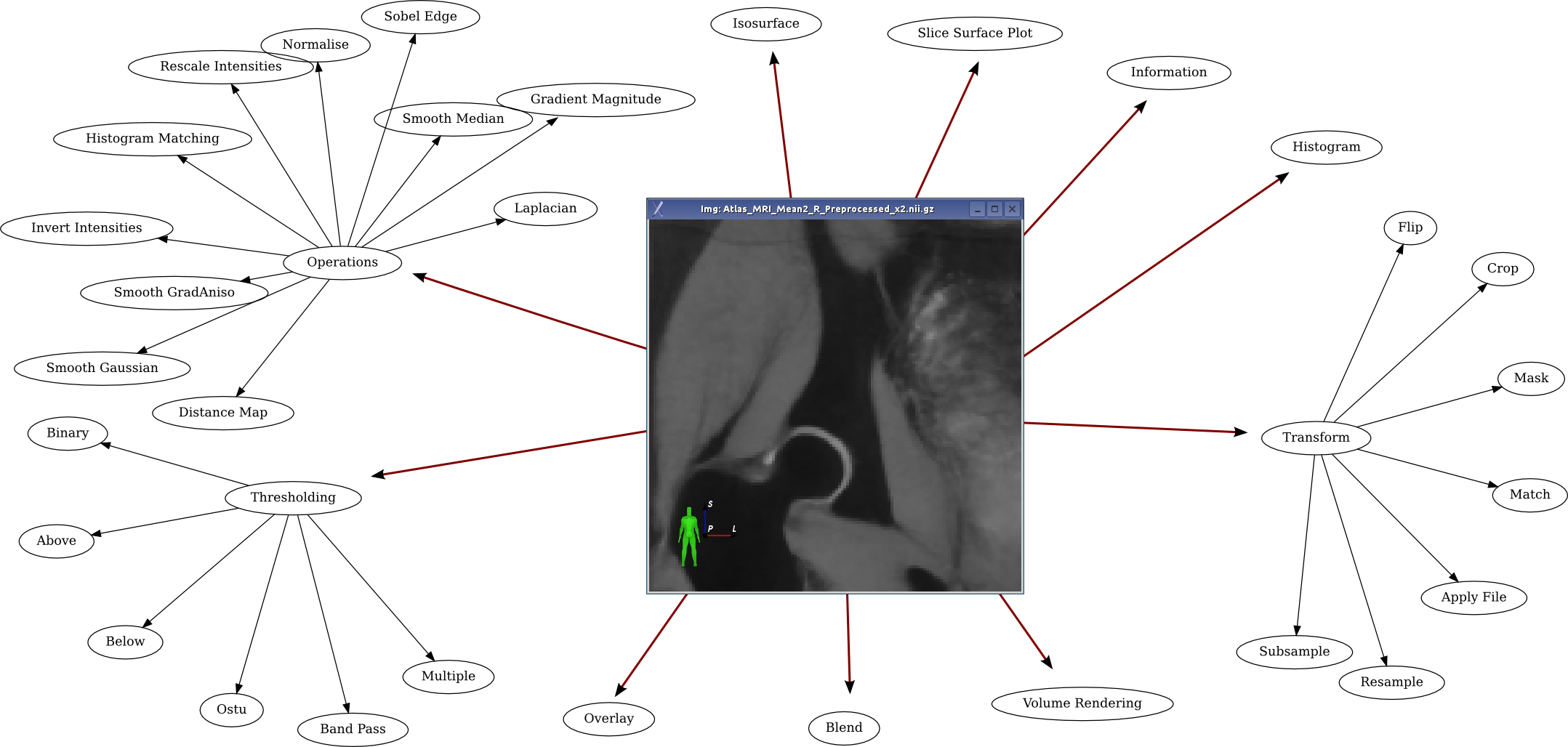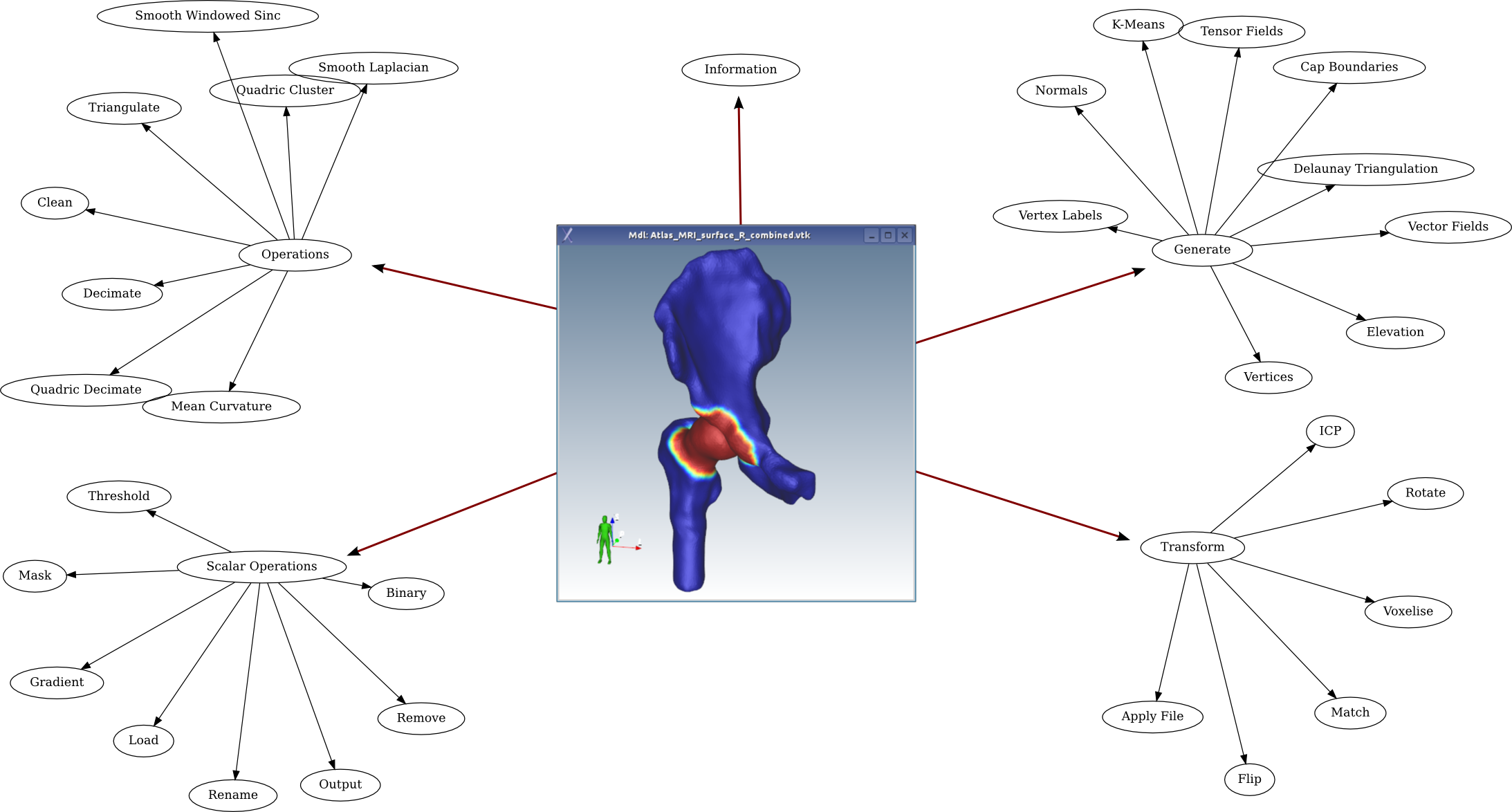 SMILI
Assistant
SMILI
Assistant
Features
The Simple Medical Imaging Library
Interface (SMILI) with its main application sMILX, you can load a number of
formats, visualise and process multi-dimensional images and models with
simple right-clicks and see the results immediately (ignoring algorithm
processing times) then save the result. The file formats supported include
(but not limited to) the following:
- Nifti (*.nii.gz *.nii) and GIPL (*.gipl)
- Analyse (*.img *.hdr)
- Raster multimedia formats: PNG, JPEG, BMP, TIFF, PPM.
- DICOMs of various descriptions (*.ima *.dcm *.dicom). Support is done
via the GDCM library. See here
for more information.
- VTK XML Image (*.vti)
- Triangulated Surfaces or 3D Models (*.vtp *.vtk *.ply *.obj *.stl)
- Meta Images (*.mha *.mhd)
- Delimited Text or Comma Separated Value files (*.txt *.csv). This is
mainly for plots.
- Medical imaging formats supported by the Insight Toolkit (ITK). See here for more
information.
- Other formats that can be supported include (PGM, INR, DICOM RTs
(Structure Sets)) with theappropriate plugins.
The different type of visualisations and processing supported include:
- n-D Image Volumes
- 3D Image Volumes
- Vector Images such as deformation fields
- Diffusion images
- Annotation (distances, angles etc.)
- Smoothing, Thresholding, Edge detection, ... etc.
- 3D Models
- Vector/Tensor Fields
- Triangulated Surfaces/Models
- Points, Lines and Cell
- PolyData
- Surface contouring
- Smoothing, Decimation, Scalars Processing, ... etc.
- Volume Rendering
- Plots
- Shape Models
Most of all, since SMILI as a library is just as easy to develop with as to
use, it allows one to build stand-alone medical imaging applications quickly
and easily, while having these features built-in.
 SMILI
Assistant
SMILI
Assistant SMILI
Assistant
SMILI
Assistant
